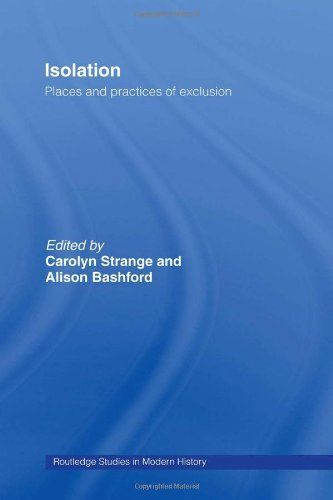
Isolation Places and Practices of Exclusion
The techniques, rationales, targets and sites of exclusionary practices proliferated over the 19th and 20th centuries, from the transportation of convicts to the moral therapy of the insane. Over this period state agencies and expert authorities refined their efforts to classify and coercively segregate people deemed to be undesirable or dangerous. Populations and individuals categorised as the mad, the infectious, the deviant or the unfit were confined to specific isolated places and were subjected to treatments that spanned correction, care and control. This book examines the coercive and legally sanctioned strategies of exclusion and segregation undertaken over these two centuries in a wide range of contexts. The political and cultural history of this period raises a number of questions about coercive exclusion. The essays in this collection examine why isolation has been such a persistent strategy in liberal and non-liberal nations, in colonial and post-colonial states and why practices of exclusion proliferated over the modern period, precisely when legal and political concepts of freedom were invented.